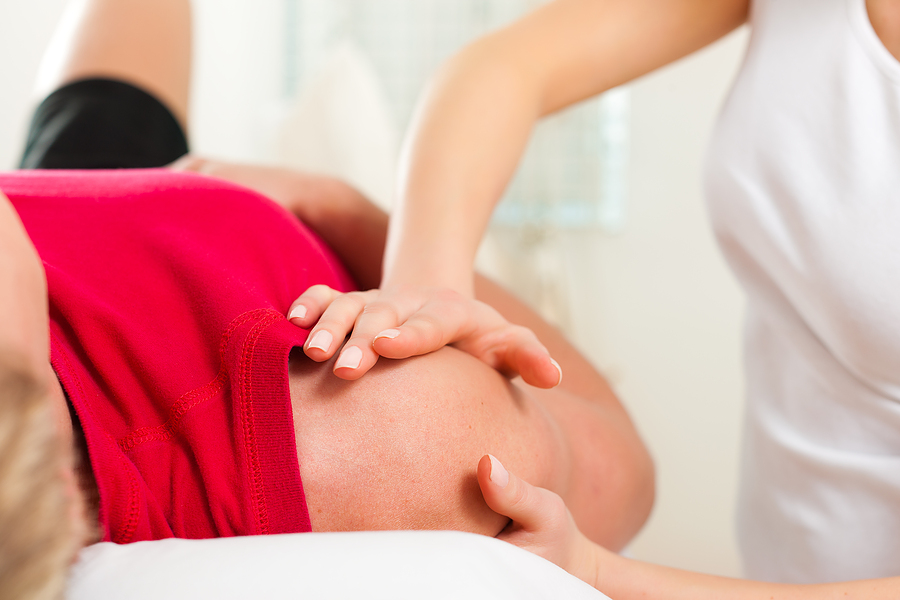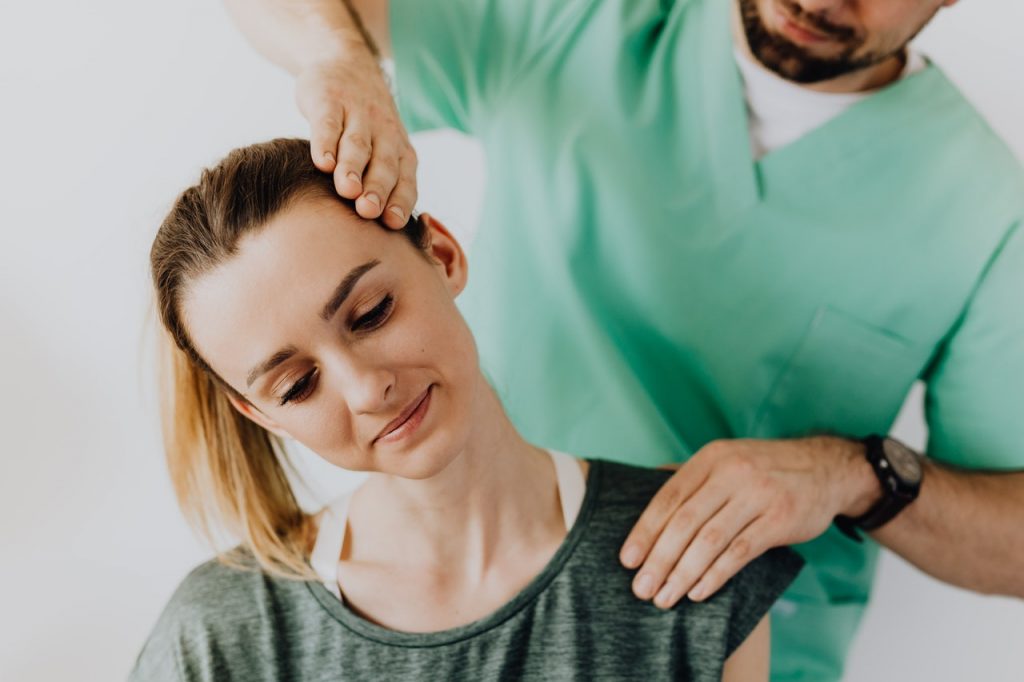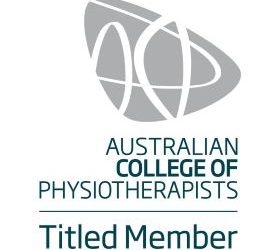An ankle sprain occurs when the ankle is twisted or rolled, causing the ankle ligaments to stretch or tear. Ankle sprains can occur when walking, running, landing from a jump or stepping onto an uneven surface.
Symptoms:
– Ankle pain
– Ankle swelling
– Bruising
Depending on the severity of your sprain, you may also have difficulty:
– Standing on your foot
– Walking
– Running
What can physiotherapy do?
– Reduce your pain and swelling
– Stabilise your ankle with tape or a brace
– Strengthen the ankle muscles and improve the movement in the ankle
– Guide your return to work, sport or hobbies.
.









